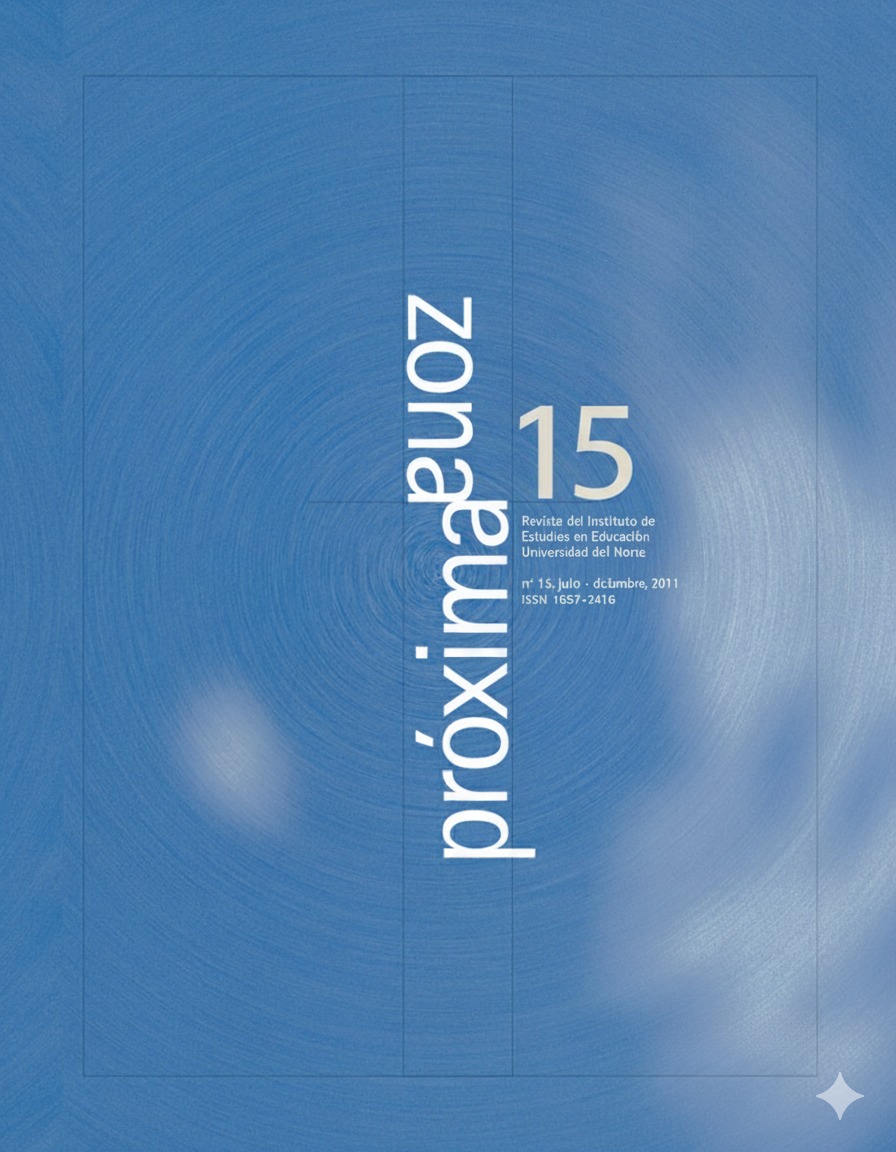Abstract
Following the New Literacy Studies and using ethnographic techniques (observation, interviews), WE criticized several aspects of cognitive conception of "reading in a foreign language" and suggest a cultural alternative that incorporates the characteristics presented above, which provides a more realistic, complete and that puts the emphasis on critical literacy. From interviews with competent speakers of Spanish as second language (L2), who were literate in a typologically very different language and a different writing system, we explored the effect of school literacy practices in different cultures, learning Spanish as L2.
References
Barton, D., Hamilton, M. & Ivani, R. (eds.) (2000). "Literacy Practices", Situated Literacies. Reading and Writing in Context. Londres: Routledge.
Cassany, D. (2006). Rere les línies. Sobre la lectura contemporánia. Barcelona: Empúries. Versión castellana: Tras las líneas. Sobre la lectura contemporánea. Barcelona: Anagrama.
Cassany, D. (2008). Prácticas letradas contemporáneas. México: Ríos de Tinta.
Cassany, D. (2011). Sobre las fronteras retóricas del español escrito. Cuadernos Comillas, 1. Consultado en: http://www.cuadernoscomillas.es/pdf/4_cassany.pdf
Cassany, D. (ed.) (2009). Para ser letrados. Barcelona: Paidós.
Cassany, D. (ed.) (2011). El español escrito en contextos contemporáneos. Cuadernos Comillas, 1. Consultado en abril en: http://www.cuadernoscomillas.es/pdf/1_presentacion_cassany.pdf
Kalman, J. (2003). El acceso a la cultura escrita: la participación social y la apropiación de conocimientos en eventos cotidianos de lectura y escritura. Revista Mexicana de Investigación Educativa, 3 (17), p.37-66.
Kalman, J. (2004). Saber lo que es la letra: una experiencia de lectoescritura con mujeres mixquic. México: SEP Siglo XXI.
Kalman, J. & Street, B. V. (eds.) (2010). Lectura, escritura y matemáticas como prácticas sociales. Diálogos con América Latina. México: Siglo XXI.
Ortí Teruel, R. (2000). El aprendizaje de la lectoescritura en alumnos árabohablantes. LynX, Documentos de trabajo, 31. Valencia: Centro de Estudios sobre Comunicación Interlingüística e Intercultural.
Zavala, V. (2002). (Des)encuentros con la escritura. Escuela y comunidad en los Andes peruanos. Lima: Red para el Desarrollo de las Ciencias Sociales en el Perú.
Zavala, V.; Niño-Murcia, M. & Ames P. (eds.) (2004). Escritura y sociedad. Nuevas perspectivas teóricas y etnográficas. Lima: Red para el Desarrollo de las Ciencias Sociales en el Perú.
Zavala, V. & Córdova G. (2010). Decir y callar. Lenguaje, equidad y poder en la universidad peruana. Lima: Pontificia Universidad Católica del Perú.
Weissberg, B. (2000). Developmental relationships in the adquisition of English syntax: writing vs. speech. Learning and Instruction, 10 (1), p.37-53.


